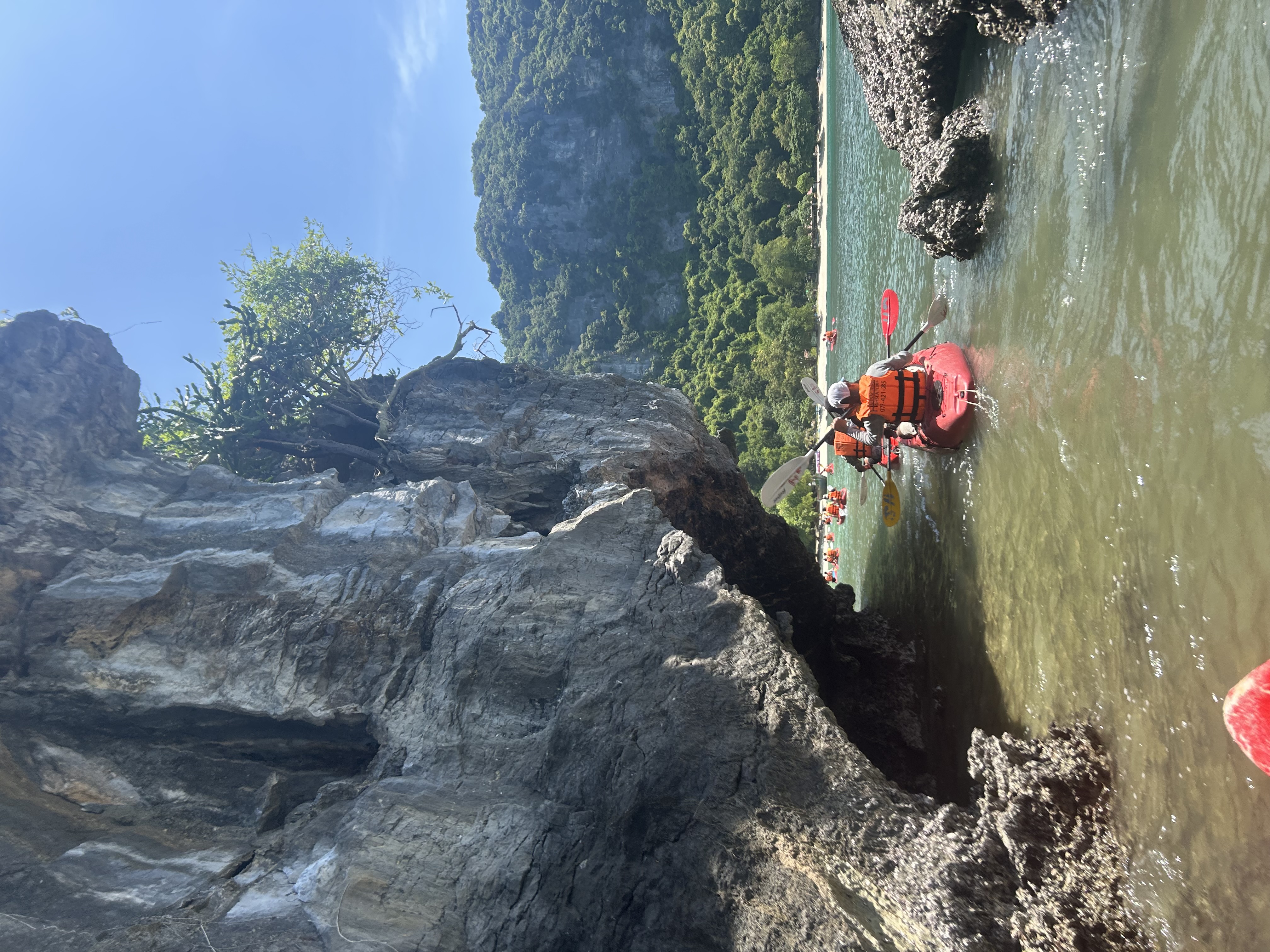Atomic structure
Cards (74)
- What is the definition of activity in nuclear physics?
- What is an alpha particle composed of?
- What does the atomic number represent?
- Why does each element have a different atomic number?
- What is background radiation?
- What unit measures radioactive activity?
- What is a beta particle?
- What does the Bohr model suggest about electrons?
- What does count-rate measure?
- What are electrons in an atom?
- How do electrons transition between energy levels?
- What is a chain reaction in nuclear physics?
- What are fission products?
- What is a gamma ray?
- What is a Geiger-Muller tube used for?
- What is half-life in nuclear physics?
- What are ions?
- What is irradiation?
- What is the charge of the nucleus in an atom?
- What are isotopes?
- What particles are found in the nucleus?
- What is the charge of an electron?
- How does the mass number differ from the atomic number?
- What is the relative mass of a proton?
- What are negative ions?
- What is the relative charge of a neutron?
- What are neutrons?
- What is the typical radius of an atom?
- What causes nuclear explosions?
- How does the radius of the nucleus compare to the radius of an atom?
- What is nuclear fission?
- Where is most of the mass of an atom concentrated?
- What is nuclear fusion?
- What is the arrangement of electrons in an atom?
- What is the nucleus of an atom?
- What do all atoms of the same element have in common?
- What does the plum pudding model represent?
- What defines a neutral atom?
- What are isotopes?
- What are positive ions?
